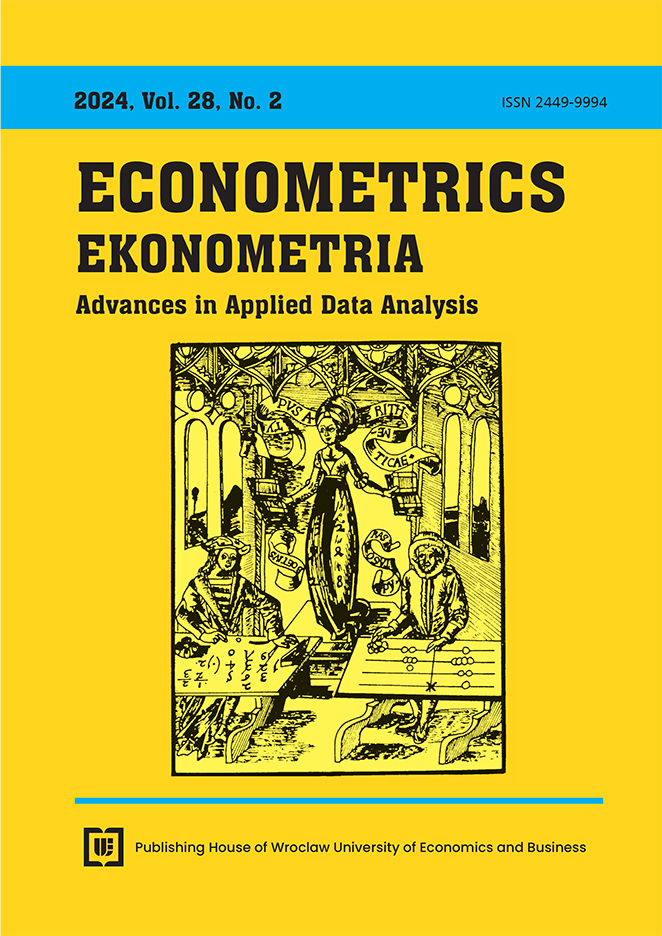Default Prediction Using the Cox Regression Model and Macroeconomic Conditions – A Lifetime Perspective
Keywords:
survival analysis, macro variables, Cox regression, Probability of Default (PD)Abstract
Abstract
Aim: Since the implementation of International Financial Reporting Standards 9 (IFRS 9), several techniques on estimating the risk parameters for calculating the expected credit losses (ECL) have been implemented across financial institutions. The purpose of this study was to present the advantages of using survival analysis for the estimation of the probability of default (PD) given the particularity of the method, within the estimation of the time up to an event occurring.
Methodology: The Cox Proportional Hazard Rate was selected as the model to predict the default incorporating the time to event and the macroeconomic conditions into the model. At the end of this research a validation was performed of the accuracy of the survival method through the time.
Results: The ROC curve and concordance statistics were evaluated on different time points, the survival model shows a consistent high discriminatory power in terms of the AUC over each time horizon.
The results revealed that time dependent ROC curves for the selected years from 1 to 4 and the first year have the largest area under the curve (AUC). The time dependent curve is evaluated at all event times under the 95% pointwise confidence limits of the fitted model, the AUC was on average around 0.8, with the highest values in the first years.
Implications and recommendations: The results are promising for PD estimation in a lifetime perspective. This method is accurate for IFRS9 ECL purposes as time varying internal (portfolio characteristics) and external (macroeconomic) factors can be incorporated. The dynamic model incorporates the variability and changes of the variables from the past up to now.
Originality/value: To date the survival analysis techniques were used mostly for PD estimations but not in a IFRS9 ECL perspective. Given the nature of this method of estimating the remaining lifetime perspective and the inclusion into the model of the macro variables, this model can be considered adequate according to IFRS9. The paper aimed to present their uses for lifetime prediction.
Downloads
Downloads
Published
Issue
Section
Categories
License
Copyright (c) 2024 Aneta Ptak-Chmielewska, Juan Pablo Espinosa Gonzalez

This work is licensed under a Creative Commons Attribution-ShareAlike 4.0 International License.
Accepted 2024-06-06
Published 2024-07-26









